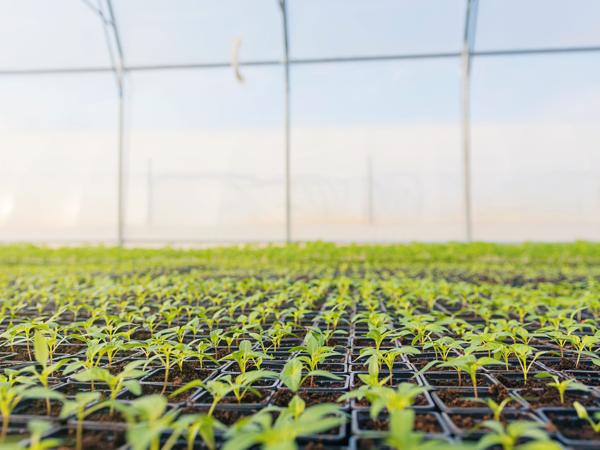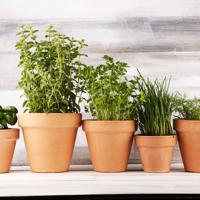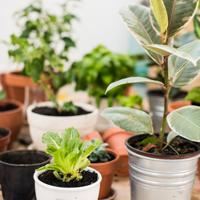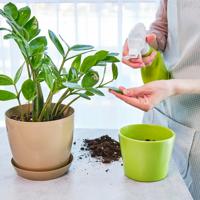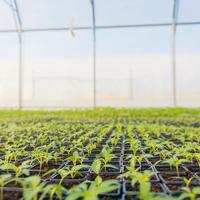Indoor gardening has become a beloved hobby for many, breathing life and vibrance into our living spaces. However, without the necessary natural outdoor environment, understanding light requirements for indoor plants becomes vital. For many plants, their success—or failure—largely hinges on the conditions we create for them, particularly the type and amount of light they receive.
Understanding the Basics of Light for Plants
Light is a fundamental requirement for plant growth. It’s through the process of photosynthesis that plants convert light, carbon dioxide, and water into energy. Different plants have distinct light needs ranging from full sunlight to low light, and this can vary even further based on the plant’s growth stage.
Types of Light
There are different kinds of light that plants use differently:
-
Natural Sunlight: When near a window, plants can utilize sunlight, which is full-spectrum—containing all wavelengths necessary for photosynthesis.
-
Artificial Lighting: When natural sunlight is insufficient, especially in winter months or poorly lit spaces, artificial grow lights prove beneficial. These lights typically supplement missing spectrums in indoor environments.
Categories of Light Intensity
When planning the lighting for your indoor garden, it’s helpful to consider where your plants fall on the light-intensity spectrum:
-
High Light: These plants thrive with bright, direct sunlight. Cacti and other succulents typically fall into this category, as do some certain herbs like basil.
-
Medium Light: Plants that prefer indirect light such as snake plants and peace lilies thrive in these environments. They enjoy bright conditions but are sensitive to direct exposure.
-
Low Light: Suitable for spaces with limited natural light, species like philodendrons and zz plants can survive in shadier conditions, caused by windowless rooms or northern exposures.
The Role of Grow Lights
In situations where natural light is scarce, grow lights are invaluable. They allow you to control the amount and quality of light your plants receive. Here are a few types typically used:
-
Fluorescent Lights: Often used for growing low-light plants. They’re energy-efficient and produce a cooler spectrum.
-
LED Grow Lights: These are energy-efficient, long-lasting, and customizable. Recent advancements have made LEDs a flexible option, providing full-spectrum light essential for different plant growth phases.
-
HID (High-Intensity Discharge) Lights: These include MH (Metal Halide) and HPS (High Pressure Sodium) lights. Generally used for large-scale growing or for plants requiring intense light.
Tips for Using Grow Lights
-
Duration: Most indoor plants require about 12-16 hours of light each day. Use timers to regulate lighting schedules automatically.
-
Distance: Position lights at the appropriate distance from plants, usually 6-12 inches for most LED lights, ensuring not to scorch the leaves.
-
Variety: Use a mix of light types to mimic natural conditions, especially if you’re growing a variety of plants with different needs.
Research and Observations
Research from various horticultural studies suggests that while plants can adapt to artificial lighting, they benefit most from a carefully tailored lighting strategy. It’s been observed that LEDs, with adjustable spectrums, often perform better in mimicking natural sunlight and meeting plant needs throughout their lifecycle (Massa et al., 2008).
Personal Experiences
In my own experience, growing a mix of herbs indoors required trial and error. I found that basil flourished under full-spectrum LED lights compared to fluorescent lights, which seemed to suit shade-loving plants like ferns better.
Final Thoughts
Understanding and matching plant light requirements can at first seem daunting. However, by observing your plants and adjusting accordingly, you can create a harmonious indoor garden that flourishes with rich greenery. Remember, patience and care are your best tools; adjusting light as needed and learning from your plant’s responses will offer the most rewarding results.
Approach indoor gardening as an ever-evolving experiment. Listen to your plants—they generously let you know what they need with signs we can learn to interpret. Happy gardening!
References:
- Massa, G. D., Kim, H. H., Wheeler, R. M., & Mitchell, C. A. (2008). Plant productivity in response to LED lighting. HortScience, 43(7), 1951-1956.
